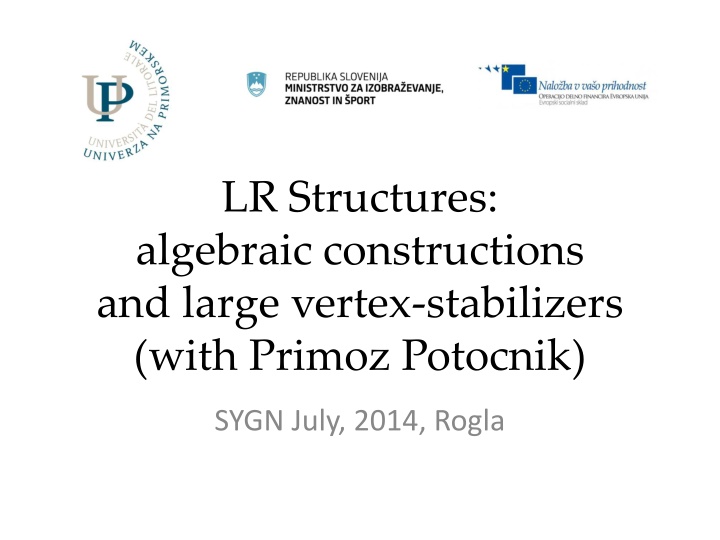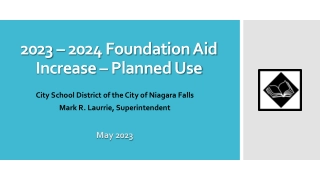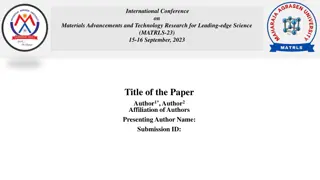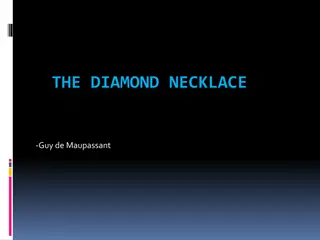
Algebraic Constructions and Large Vertex Stabilizers in LR Structures
Explore the fascinating concepts of LR structures, tetravalent graphs, cycle decompositions, symmetries, and the properties of LR structures. Learn about the requirements for a suitable LR structure and its relation to the partial line graph in this insightful study.
Download Presentation

Please find below an Image/Link to download the presentation.
The content on the website is provided AS IS for your information and personal use only. It may not be sold, licensed, or shared on other websites without obtaining consent from the author. If you encounter any issues during the download, it is possible that the publisher has removed the file from their server.
You are allowed to download the files provided on this website for personal or commercial use, subject to the condition that they are used lawfully. All files are the property of their respective owners.
The content on the website is provided AS IS for your information and personal use only. It may not be sold, licensed, or shared on other websites without obtaining consent from the author.
E N D
Presentation Transcript
LR Structures: algebraic constructions and large vertex-stabilizers (with Primoz Potocnik) SYGN July, 2014, Rogla
A tetravalent graph is a graph in which every vertex has valence (degree) 4.
A cycle decomposition is a partition of the edges of the graph into cycles
For any cycle decomposition its partial line graph
For an LR structure, we first need a cycle decomposition which is bipartite.
Letting A+ be the group of symmetries which preserve edge color, we need A+ to be transitive on vertices.
Moreover, A+ must have symmetries which are swappers a d v b c Green swapper fixes b, v, d, interchanges a,c Red swapper fixes a, v, c, interchanges b,d
If we have an LR structure, then its partial line graph: Is bipartite, transitive on vertices of each color and transitive on edges
There are two ways that an LR structure can be undesirable. a d v b c An alternating 4-cycle => toroidal (we say it is not smooth ) (a b)(c d) or (a b c d) = color-reversing symmetry => the structure is self-dual An LR structure exhibiting neither of these abberations is suitable.
If an LR structure is suitable, then its partial line graph is semisymmetric. And every tetravalent semisymmetric graph of girth 4 is the partial line graph of some suitable LR structure.
Algebraic Constructions Let A be a group generated by some a, b, c, d, and suppose that b = a-1 or a and b each have order 2, and similarly for c, d.
Then define the structure to have one vertex for each g in A. Red edges connect g ag and g bg; greens are g cg and g dg. This just a coloring of Cay(A, {a, b, c, d}
To make it an LR structure, we need f, g in Aut(A) such that f fixes a and b while interchanging c and d, and vice versa for g. Then f and g act as color- preserving symmetries of the structure, and as swappers at IdA. We call them Cayley swappers.
Example: A = Z12, a=3, b = -3 = 9, c = 4, d = -4 = 8. Then let f=5, g = 7. x 5x 3 3 9 9 4 8 8 4 7x 9 3 4 8
Example: A = Z12, a=3, b = -3 = 9, c = 4, d = -4 = 8. Unfortunately, 12 4 -7 -3 -12 is an alternating 4- cycle, and so this structure is not suitable.
If A is any abelian group, the 4- cycle 0 a a+c c 0 is alternating and so the structure cannot be suitable.
In general, if A is a group generated by a, b, c, d and R = {a, b}, G = {c, d} generate the red and green edges, then the structure is smooth if and only if RG GR. And this happens if and only if RG and GR are disjoint!
Special case: A = Dn = < |Id = n = 2 = ( )2>. R = { , c }, G ={ d, e } Shorthand is: Ai = i, Bi = i We call this LR structure DihLRn({0, c}, {d, e})
Then Ai is red-connected to Bi and Bi+c , and green-connected to Bi+d and Bi+e. Then DihLRn({0, c}, {d, e}) has Cayley swappers if c = r, d = 1, e = 1-s, where 1 = r2 = s2, (r-1)(s-1) = 0 and r, s 1, r s
And DihLRn({0, c}, {d, e}) has a non-Cayley swapper only if c = n/2. Example: DihLR4k({0, 2k}, {1, 1-k})
Example: DihLR4k({0, 2k}, {1, 1-k}) Ai Ai Bi+2k Bi+1 Bi Bi+1-k Ai+k Ai+2k Bi+1 Bi+k+1 Ai+2k Bi+2k+1 Bi+1+k Ai-k Bi+1-k Bi+1+2k
Ai Ai Bi+2k Bi+1 Bi Bi+1-k A1+k B1-k A1-k B2+k B1+k A-k Bk B-k A2k A0 B2 B2+2k A2+k A2-k Ak B2-k A1+2k B1+2k B1 A1
In the LR structure DihLR4k({0, 2k}, {1, 1-k}), and in its partial line graph, vertex stabilizers have order: 22k-2
Poignant moment from research life






















